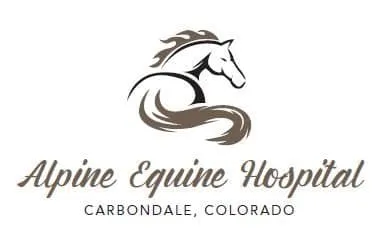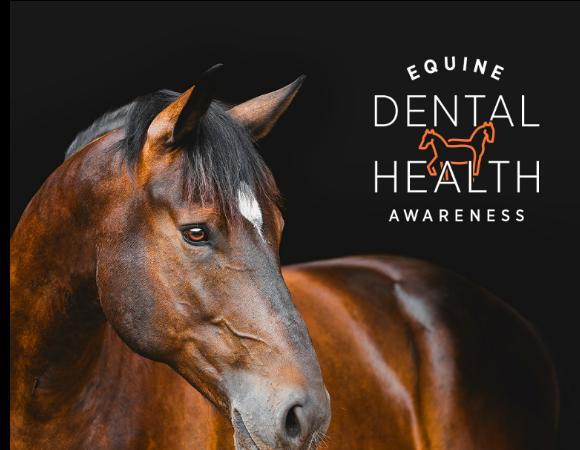
As the holidays come to a close and the new year rolls around, it is important that we think about our horses’ dental health. Alpine Equine Hospital celebrates dental month throughout January and February. Contrary to the old saying, we do want to look a gift horse in the mouth.
The Equine species have hypsodont teeth, meaning that their teeth continue to erupt (or “grow”) throughout their life until about age 19. This holds true for their premolar and molars, and incisors. Opposed to the continual growth of their teeth, horses continuously wear down their teeth grinding forage. Due to the normal chewing motion and the horse’s unique dental anatomy all horses develop what are termed enamel points. A horse’s bottom jaw (manidble) is narrower than their upper jaw (maxilla) as depicted in the diagram below (left). Because of this the pattern of wear set up by the anatomical considerations and continuously erupting teeth sharp enamel points and/or unwanted overgrowths develop. The upper maxillary teeth develop these overgrowths on the side of the cheek (buccally) and the lower mandibular teeth develop overgrowths on the side towards the tongue (lingually). Add to this the fact that horses can have over or under-bites, fracture teeth and develop periodontal and endodontic disease and you can start to see how ensuring your horse’s dental health is quite complex. Note the diagram below (right) showing soft tissue trauma resulting from sharp enamel and unevenly wearing teeth.
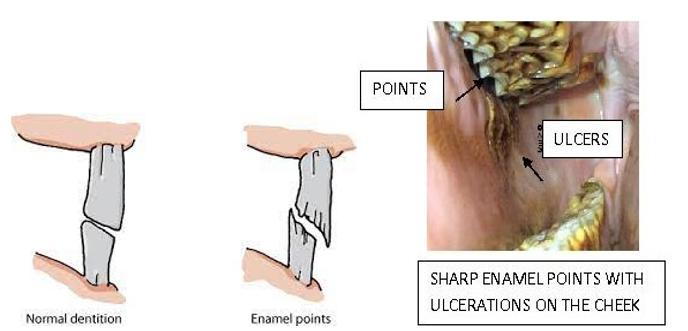
Horses that have gone longer than a year between dental care appointments with large enamel points and associated soft tissue trauma will often have pain/discomfort and show problems when it comes to eating, drinking, accepting a bit when under saddle. These overgrowths over time will cause the occlusal surfaces of the teeth to change changing the manner a horses chews forage, causing allowing for long pieces of stems and fiber to be swallowed. This as you may surmise can often lead to esophageal choke in horses. Improper excursion and/or presence of soft tissue ulcers/erosions can cause a horse's chewing pattern to change and can dramatically alter the wear pattern within the mouth. Oftentimes overgrowths of a certain tooth or teeth will develop and are termed either step or wave mouth depeniding on the number of teeth affected (see diagrams below)
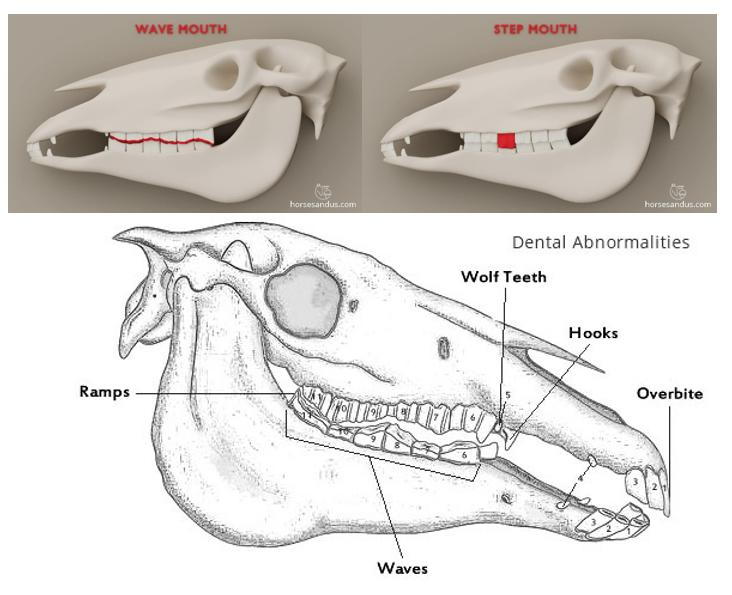
Our goal when we sedate your horse and perform an oral exam is to properly identify these and other abnormal dental conditions so that they can be diagnosed and properly managed early before they result in tooth loss. Other such findings we commonly see on oral exams are diastemas or gaps between the teeth, tooth fractures, evidence of periodontal disease, and vital pulp horn exposure and even dental cavities or caries. These findings when found early can lead to a proactive treatment plan to ensure your horse’s dental health into old age.
One such common abnormality seen during oral exams is the formation of diastemas, or gaps between the teeth. Often caused by uneven chewing force and/or age-related changes, these can become the perfect place for feed to pack and promote decay allowing bacteria access to the periodontal space and eventually the tooth root and tooth loss. (see diagrams below as seen with our dental mirror and fiberoptic oral exam scope).
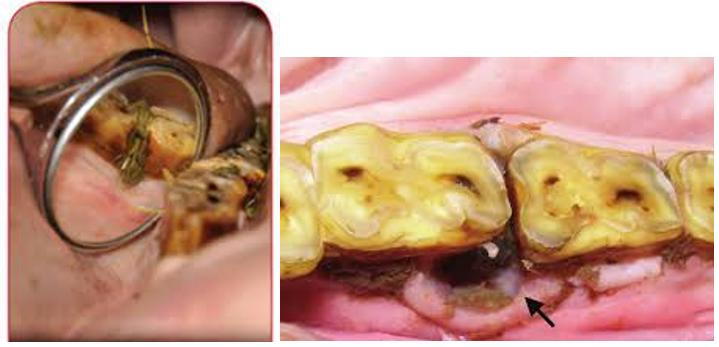
Once your horse’s oral exam is complete, a process known as dental flotation is used to reduce any abnormal overgrowths or sharp points present within your horse’s mouth. Floatation refers to the act of filing down excess enamel points to promote an equilibrium in the mouth to allow for proper occlusal surface contact and proper jaw excursion and comfort. It also will reduce/prevent any further soft tissue trauma from occurring, providing the horse with a lot more comfort. If other abnormalities such a tooth fracture, diastemas, pulp horn exposure, dental cavities, or other findings of concern are seen, dental radiographs may be recommended to improve the health and comfort of your horse's mouth.
Ideally horses should have an oral and dental examination performed every 12 months. This can vary depending ontheir age and their unique oral conformation. Just as is with the horse’s foot, form follows function. Such a schedule allows for us to not only reduce some uncomfortable points, but also get a picture of the overall health of their mouthand related dental needs. Horses can be remarkably stoic may only show non-specific clinical signs that could relate to oral examination findings. Common signs that are seen with dental issues include: dropping feed, reluctance to take the bit, decreased feed intake, weight loss, nasal discharge, bad breath, esophageal choke, and slow eating or lethargy. If any of these signs are seen in your horse, a thorough physical exam and oral/dental examination is recommended to determine if a problem with the teeth is the cause.
Call today to take advantage of our 20% reduced dentistry prices in January and February and schedule your horses’ annual oral and dental care.
